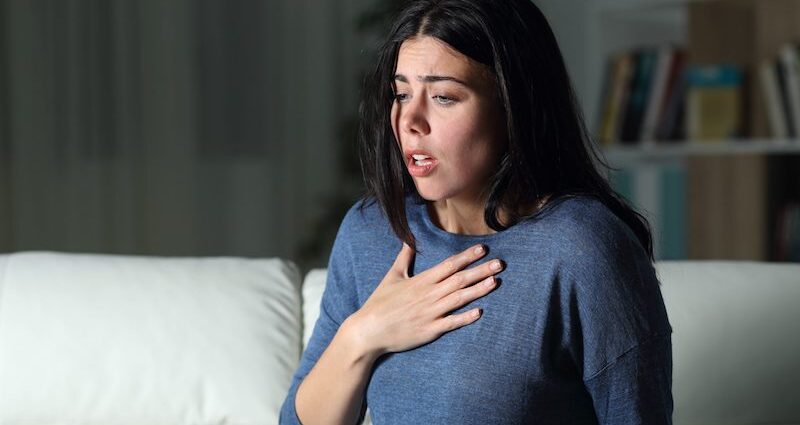Shortness of breath, medically known as dyspnea, is a health concern that renders breathing or getting air into your lungs hard. There are numerous potential causes of shortness of breath – Midwood, ranging from lung and heart conditions to anxiety, stress, and more. Whatever the underlying cause, this condition is alarming for everybody.
While some people might suddenly experience shortness of breath, and for brief periods, the episodes might be longer for others. Learning how to manage this condition at home is the best way to avoid more serious complications. Continue reading to learn more.
- Deep Breathing
Deep breathing through your abdomen could help you manage your dyspnea. To practice deep breathing, lie down and put your hands on the abdomen. Then, breathe deeply through the nose.
Hold your breath for several seconds, then slowly exhale through your mouth. You can repeat this exercise several times every day or whenever you experience shortness of breath. You should breathe slowly, with ease, and deeply instead of rapidly.
- Pursed Lip Breathing
Pursed lip breathing is another breathing exercise that could help alleviate your dyspnea. This exercise relieves breathlessness by slowing an individual’s breathing rate. Pursed lip breathing is especially helpful if your condition stems from anxiety.
You may practice pursed lip breathing at home by sitting upright, with your shoulders relaxed, then maintain a tiny gap between the lips as you press them together. Inhale for several seconds through the nose, then gently exhale through pursed lips. You can try this exercise whenever you experience breathlessness and repeat it until you feel better.
- Standing or Sitting In A Supported and Comfortable Position
Figuring out a supported and relaxed posture to lie or stand can help with relaxation and breath-taking. This practice is helpful if your breathlessness stems from overexertion or anxiety. Sit forward in a chair, ideally with your head supported by a table.
Moreover, you can lean against a wall to support your back. Another helpful technique is to stand with your hands propped on a table to relieve weight from your feet. You may also lie down with the head and knees supported by pillows.
- Steam Inhalation
Inhaling steam can help keep your nasal passages clear, making breathing easier. Moisture and hot air from steam can also dissolve mucus in the lungs, which relieves dyspnea. To try at-home steam inhalation, halfway fill a bowl with boiling water.
You can add several drops of essential oil like eucalyptus and peppermint. Put your face above the bowl with a towel on your head, and take deep breaths. If the water is overly steamy, allow it to cool slightly to avoid scalding your facial skin with the vapor.
- Improve Surrounding Air Quality and Flow
Poor air circulation can be a major cause of feelings of breathlessness. Therefore, utilizing a handheld fan could be effective in relieving your dyspnea. Feeling the air force can give you the impression that more air is entering your lungs.
If you are in an enclosed space, improve the ventilation. Open the windows and doors to enhance air circulation. Likewise, in extremely cold areas, where the air in the home might be too dry, a humidifier can help.
Experiencing shortness of breath could be unsettling. Luckily, various home remedies can help relieve your concerns, including inhaling steam, breathing exercises, certain positions, and more. However, these remedies might not improve the symptoms caused by an underlying health condition.
If you experience prolonged shortness of breath, accompanied by other alarming signs like chest pain or tightness, see a doctor. Your physician will perform a comprehensive diagnosis to diagnose the root cause of your dyspnea. Treatment should be tailored to your unique concerns and care goals.

